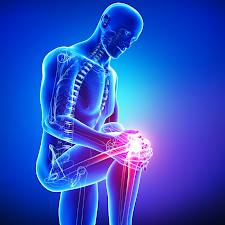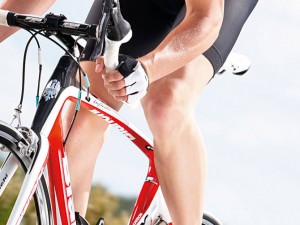Sore Hands From Cycling
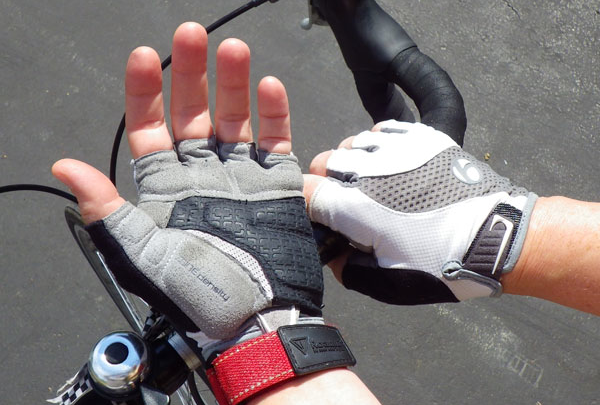 Some of the most common overuse injuries involve a cyclist’s hands and wrists. Cycling gloves can alleviate a lot of the shock-related pain associated with riding, but there are instances in which cycling gloves provide little or no protection. Below, we’ve compiled a list of common causes of bike-related hand pain, as well as some possible solutions. [Read more…]
Some of the most common overuse injuries involve a cyclist’s hands and wrists. Cycling gloves can alleviate a lot of the shock-related pain associated with riding, but there are instances in which cycling gloves provide little or no protection. Below, we’ve compiled a list of common causes of bike-related hand pain, as well as some possible solutions. [Read more…]
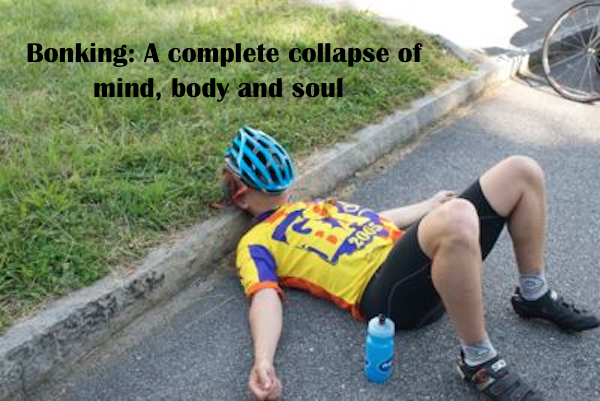 Bonking is one of the worst feelings you can have on two wheels. If you have ever bonked on a ride you will know what I am talking about, a complete collapse of your mind, body and soul. One minute you are smiling, flying along and the next minute you can barely stop the drool from coming out of your mouth, never mind trying to turn over the pedal crank!
Bonking is one of the worst feelings you can have on two wheels. If you have ever bonked on a ride you will know what I am talking about, a complete collapse of your mind, body and soul. One minute you are smiling, flying along and the next minute you can barely stop the drool from coming out of your mouth, never mind trying to turn over the pedal crank!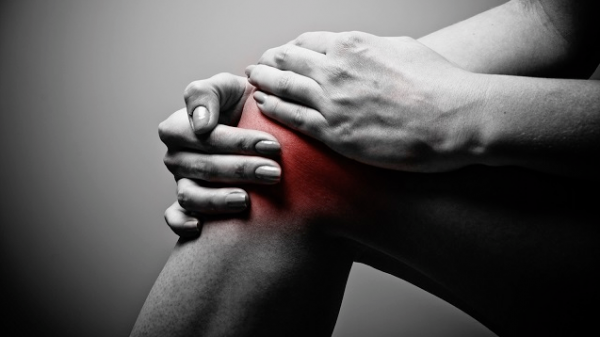 Because bicycling requires repeated use of the knee joint, many question the sport’s role in knee-related pain and injury. Like any athlete, cyclists are susceptible to overuse injuries. But is their choice of sport increasing their vulnerability and making them more prone to knee damage?
Because bicycling requires repeated use of the knee joint, many question the sport’s role in knee-related pain and injury. Like any athlete, cyclists are susceptible to overuse injuries. But is their choice of sport increasing their vulnerability and making them more prone to knee damage? 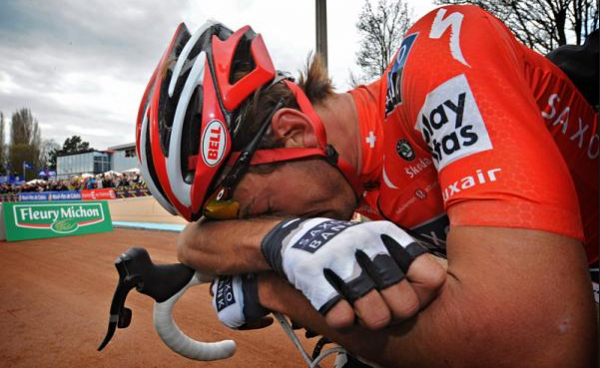 It’s great to be enthusiastic about cycling! When you love something you don’t just want to do it often, you want to do it well. It’s common for an athlete to push him or herself, trying to outdo their own record for mileage and/or speed. But it’s possible to push too hard.
It’s great to be enthusiastic about cycling! When you love something you don’t just want to do it often, you want to do it well. It’s common for an athlete to push him or herself, trying to outdo their own record for mileage and/or speed. But it’s possible to push too hard. 